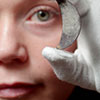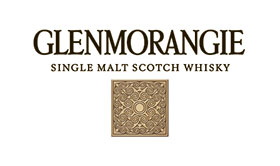Our special exhibition Celts unravels the idea of a shared Celtic heritage across ancient Europe through extraordinary objects dating from the Iron Age to the Celtic revival. The second part of this blog looks at the role that one material – silver – plays in this rich and intriguing story from the end of the Iron Age.

Towards the end of the Iron Age, northern Europe was reacting and interacting with Rome, and this changed life and art. In Britain and Ireland the swirling motifs of earlier Celtic art continued but not unchanged – hybrid types of objects and styles of decoration emerged that started off as a means of showing resistance to Rome but became a part of life in Roman Britain. As well as changes in style, interaction with Rome brought a major change in the availability of silver across northern Europe including in Britain, in the form of Roman silver coinage and objects. In Celts, this new material is represented by a silver votive plaque and a silver ring that married elements of Roman and local gods and votive practices.
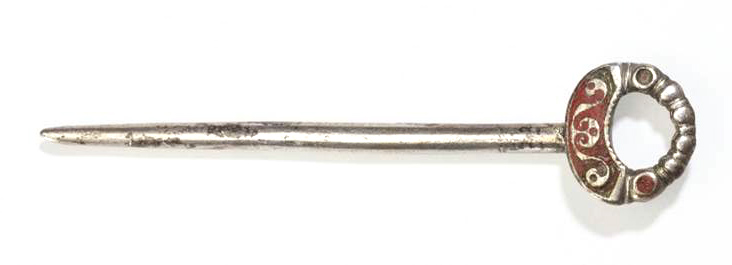
In Scotland, significant amounts of silver first arrived from the 1st century AD in the form of coins buried in hoards. From the 3rd but particularly in the 4th and 5th centuries AD, hacked up Roman silver objects, cut to regular weights to form bullion, were gathered together and sometimes buried. Most of this silver must have been recycled (and therefore lost to archaeologists) to make local types of objects such as this type of pin from Gloucestershire. This process of recycling, and how silver became the power material par excellence in early medieval Scotland, is the focus of the Glenmorangie Research Project, and you can read more about it in my other blogs.
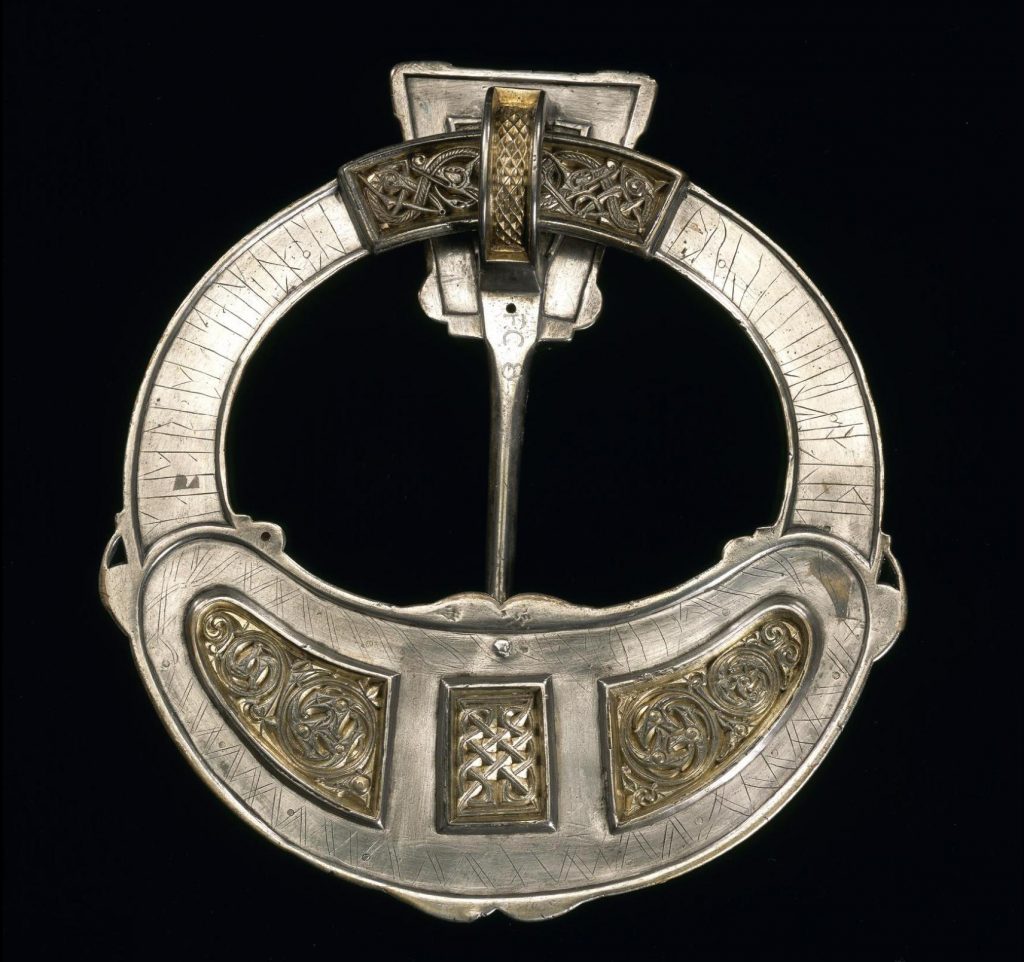
Emerging out of the Roman world were early medieval Celtic arts – distinctive styles in northern Britain and Ireland that melded older Iron Age Celtic motifs with classical and Anglo-Saxon traditions to create a vibrant fusion. Through the exhibition, the geographical scope has been narrowing – from the European Iron Age through to a focus on the early medieval Celtic arts of northern and western Britain and Ireland. While silver was rare in the northern European Iron Age, as we’ve seen, interaction with Rome changed the situation radically, and this change is most apparent in Scotland. In Anglo-Saxon areas and on much of the continent, gold was the preeminent material for making high value and high status objects. In Scotland, only small amounts of gold were used, particularly for gilding or fine filigree-wire decoration. These gold effects tended to elaborate a silver core – silver was still the main material of power, and this remained the case for at least 600 years.
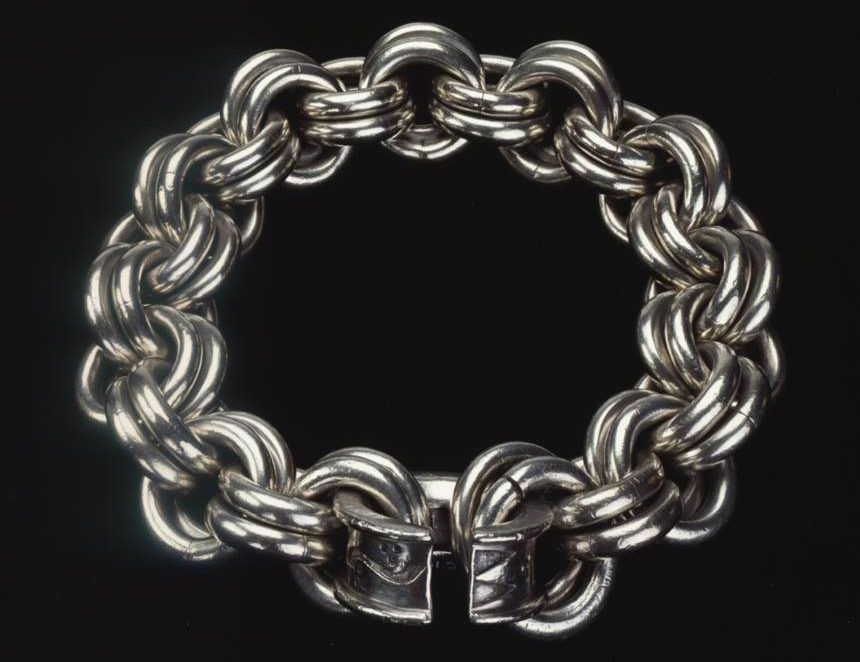
In Celts, this precious metal inheritance from Rome is illustrated, among other objects, by a massive silver chain from Parkhill, Aberdeenshire. Unique to Scotland, and probably dating to AD 400 – 600, these chains show how much silver was available in the years following the end of the western Roman empire, and how it was used to powerful effect, building on the Iron Age torc tradition but rendering it in a new way and in a newly available material.
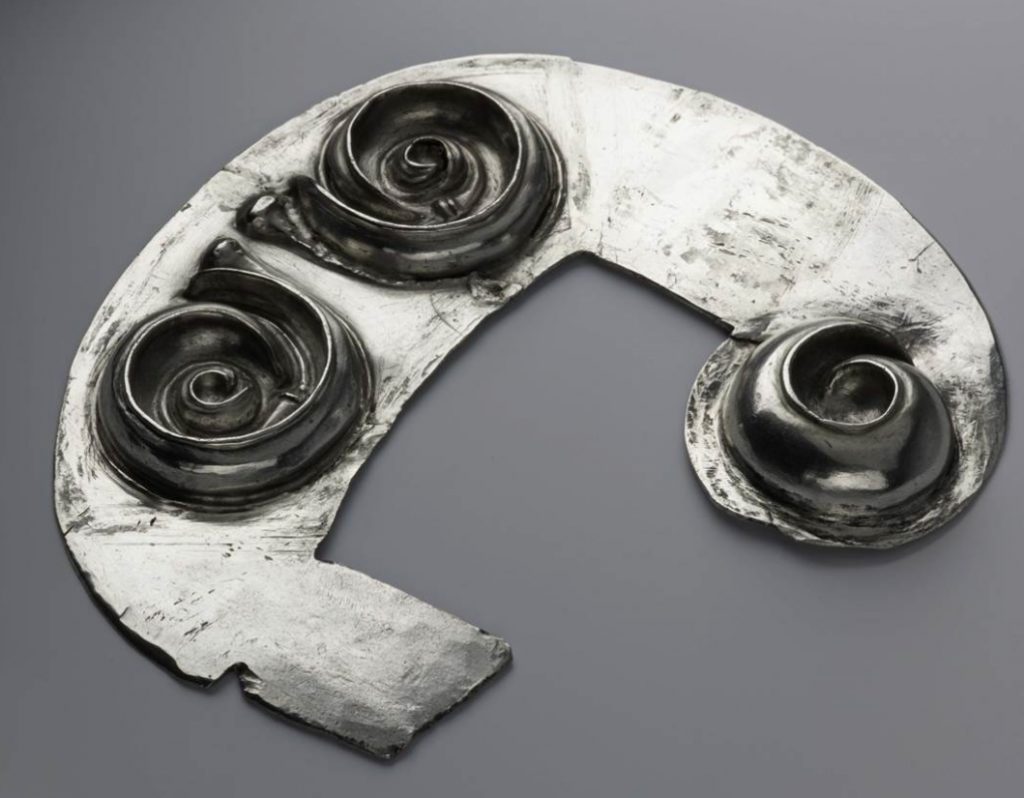
For many people, it is the interlacing designs apparent on much early medieval art from Scotland that are Celtic – inspiring for instance the ‘Celtic knotwork’ often seen on contemporary jewellery or tattoos. Interlace is not quintessentially Celtic, however, if such a thing exists: knots ornamented classical mosaics long before they appeared in the metalwork of the Anglo-Saxons and then the fusion of styles emerging from early medieval northern Britain and Ireland. It is the spiral-based part of this early medieval fusion that shows reimagination of an earlier Celtic Iron Age past.
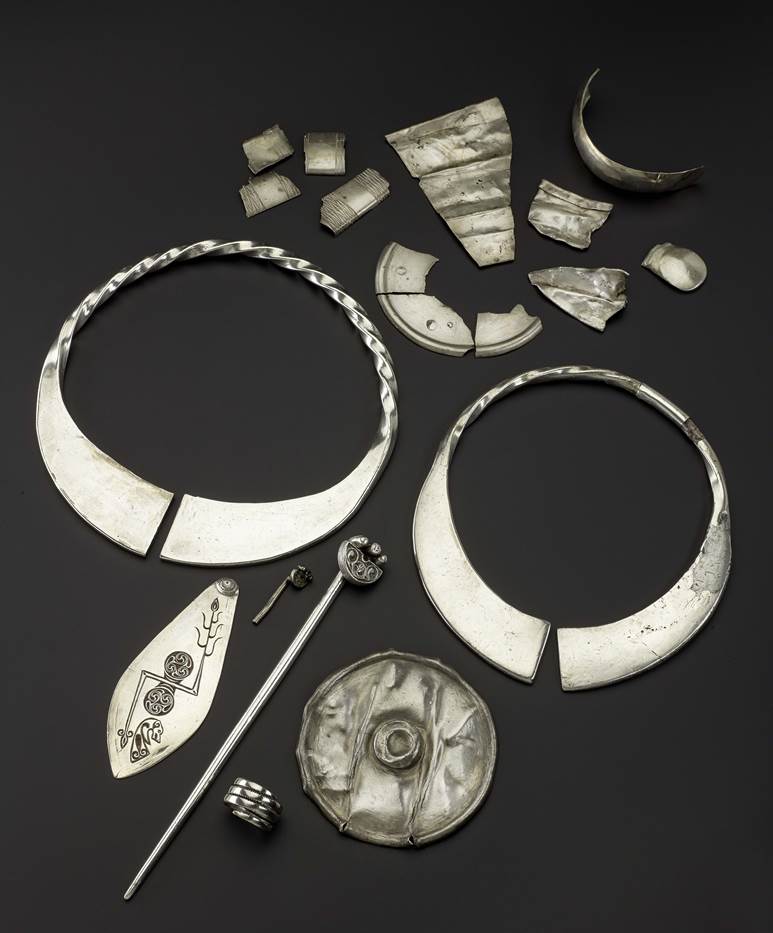
Silver continued to be the main means of expressing power and wealth, but there are many questions about its use in early medieval Scotland. Did Roman silver, like that in the Traprain Law hoard, really provide the only source available until the Viking period? How much silver must have been available to account for all the objects that survive and the many more that don’t? The large amount of recycling of silver that must have taken place, converting Roman silver into successive generations of early medieval objects, is illustrated in Celts by objects from a 5th–6th century hoard of hacked objects from Norrie’s Law in Fife. Several centuries later, the 8th-century Hunterston brooch used a significant amount of silver, the roughly contemporary Monymusk reliquary and hoard of bowls, brooches and weapon fittings from St Ninian’s Isle (Shetland) rather less. There are indications that silver became less available, though still very desirable – with the purity decreasing over time as it was alloyed with other metals to make a limited resource go further. These are all questions that the Glenmorangie Research Project is tackling now, as we examine how silver underpinned the emergence of first kingdoms of early medieval Scotland – keep tuned for more posts!
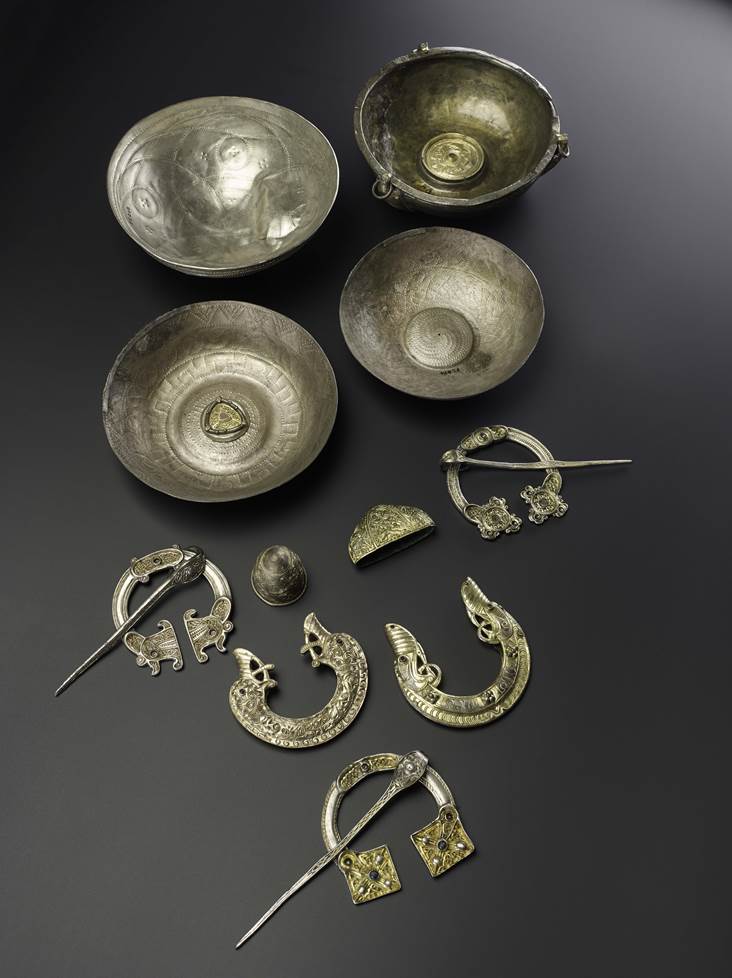
Celts a major exhibition, organised in partnership with the British Museum, is showing at the National Museum of Scotland from 10 March – 25 September 2016.
The Glenmorangie Research Project aims to extend our understanding of Scotland’s Early Medieval past and was established in 2008 following a partnership between National Museums Scotland and The Glenmorangie Company. The current phase of research, Scotland’s Earliest Silver: power, prestige and politics will look at the biography of this precious metal as it was used and reused in Early Medieval Scotland.
Scotland’s Early Silver exhibition is on at the National Museum of Scotland until 25 February 2018 and follows three years of research supported by The Glenmorangie Company.
